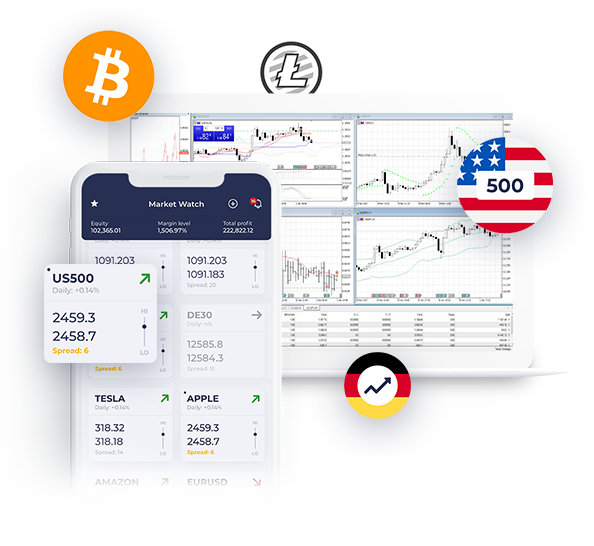Investīciju vārdnīca
-
False breakout
Short-term price movement going beyond the previous peak or bottom and preceding a clear move in the opposite direction.
-
Fed
The central banking system of the United States, consists of the Federal Reserve Board, the Federal Open Market Committee, the nine Regional Reserve Banks and member banks. Its main task is to regulate the flow of money and credit.
-
Federal Open Market Committee
The authority which sets money supply targets in the US. Its objectives are pursued by the Fed, including with interest rates.
The Committee of the Federal Reserve System consisting of seven members of the Board of Directors, the Governor of the Bank of New York and four of the twelve presidents of the district Federal Reserve Banks elected in rotation. The main task of the committee is to make decisions on open market operations.
-
Fibonacci sequence
A string of numbers starting with two ones and tending to infinity, in which each number is equal to the sum of the two previous ones. The initial numbers of the sequence are 1, 1, 2, 3, 5, 8, 13, 21, 34, 55, 89, etc. The ratio of two adjacent numbers, as they grow, tends to 0.618 and the ratio of every second number (i.e., e.g. 21 and 55), as they grow, tends to 0.382. Both of these indicators are very often used to predict the range of adjustments to the current price movements.
-
Financial leverage
Investing through the use of leverage results in "multiplying" of indeed available funds and such transactions are concluded on the basis of margin deposit. Leverage of 1:100 means that the investor can open a deal for 100 times the amount of funds held in the account. Leverage enables to achieve extraordinary profits in return for an increased risk of loss.
-
First In First Out
The principle according to which positions are closed in the order they were opened. Also referred to as FIFO.
-
Flag
A frequently occurring formation announcing the continuation of the trend and usually occurring after very dynamic price movements. The shape of the formation is defined by two parallel lines having a slope opposite to the previous direction of movement.
-
Forex
A foreign exchange market, the largest financial market in the world with a daily turnover of several billion dollars. The Forex market is an over the counter one – OTC – and currency trading takes place around the clock from Sunday afternoon to closing the US market on Friday night.
-
Fundamental analysis
A method of analysis of financial markets, based on the study of the state of the economy, the industry condition and the financial condition and the management style of economic sectors and individual companies.
More on fundamental analysis
-
Futures contract
Are contracts to buy or sell a financial instrument at a specified time in the future at a certain price. Futures contracts are derivative instruments and so their price is directly dependent on the exchange rate of the underlying instrument (i.e. the underlying instrument), for which the contract amounts. Futures contracts are standardized instruments and any exchange trading strictly regulates the conditions for that type of trade contracts: the contract value and currency, expiry date, the minimum change in the price of the contract (i.e. tick or pip) and the naming scheme of contracts and others.


